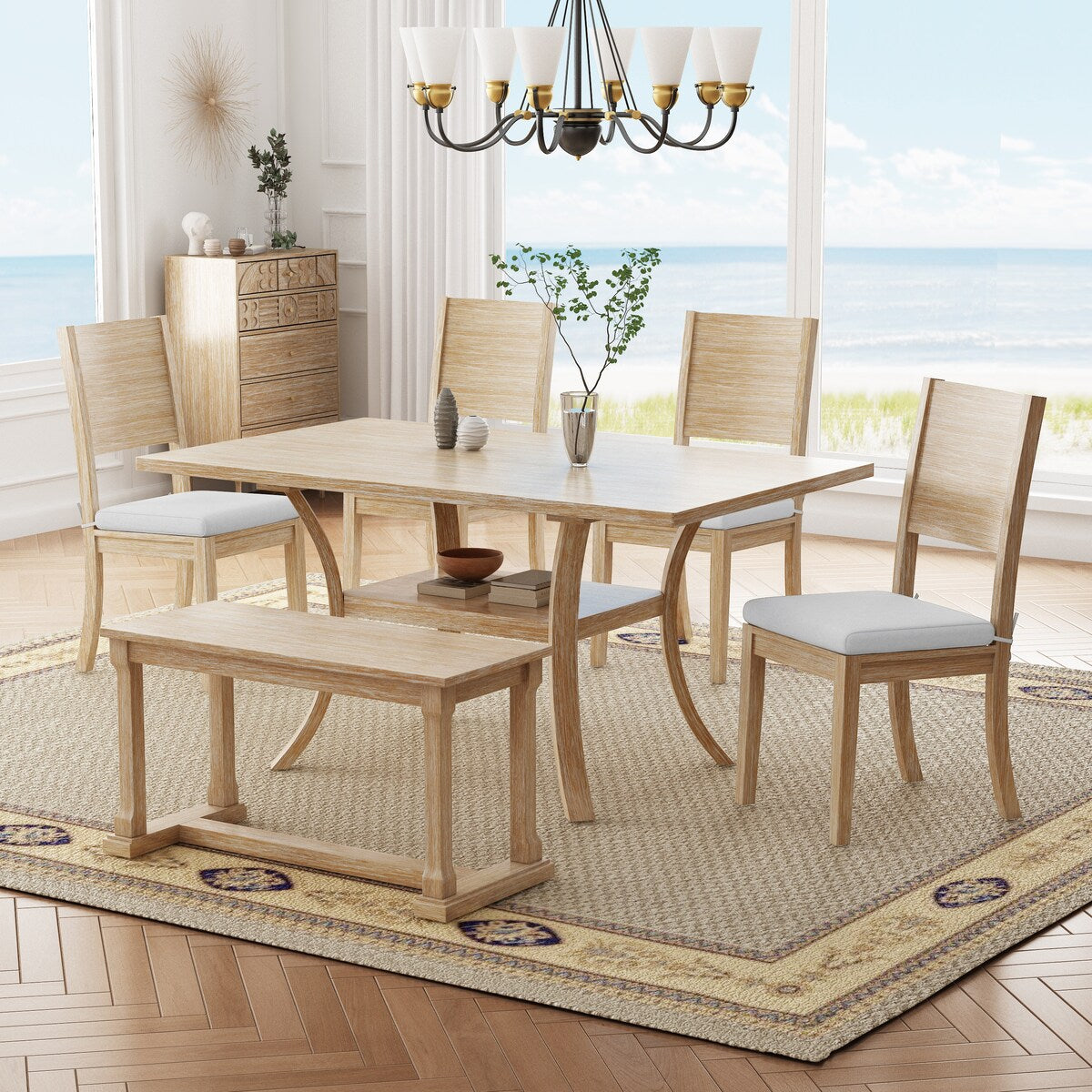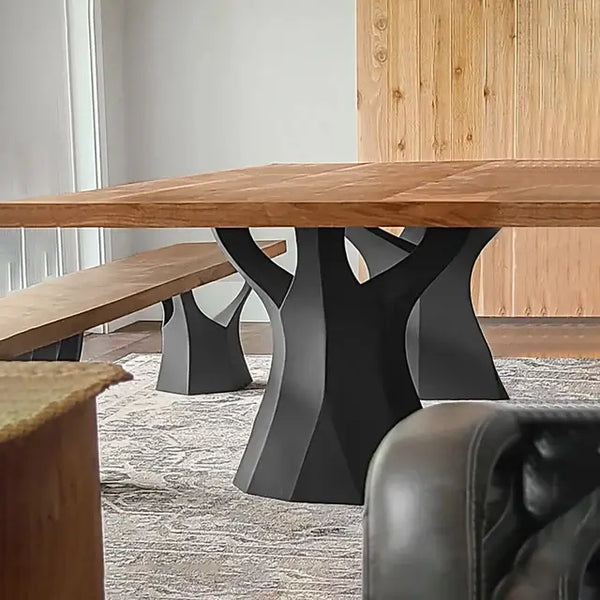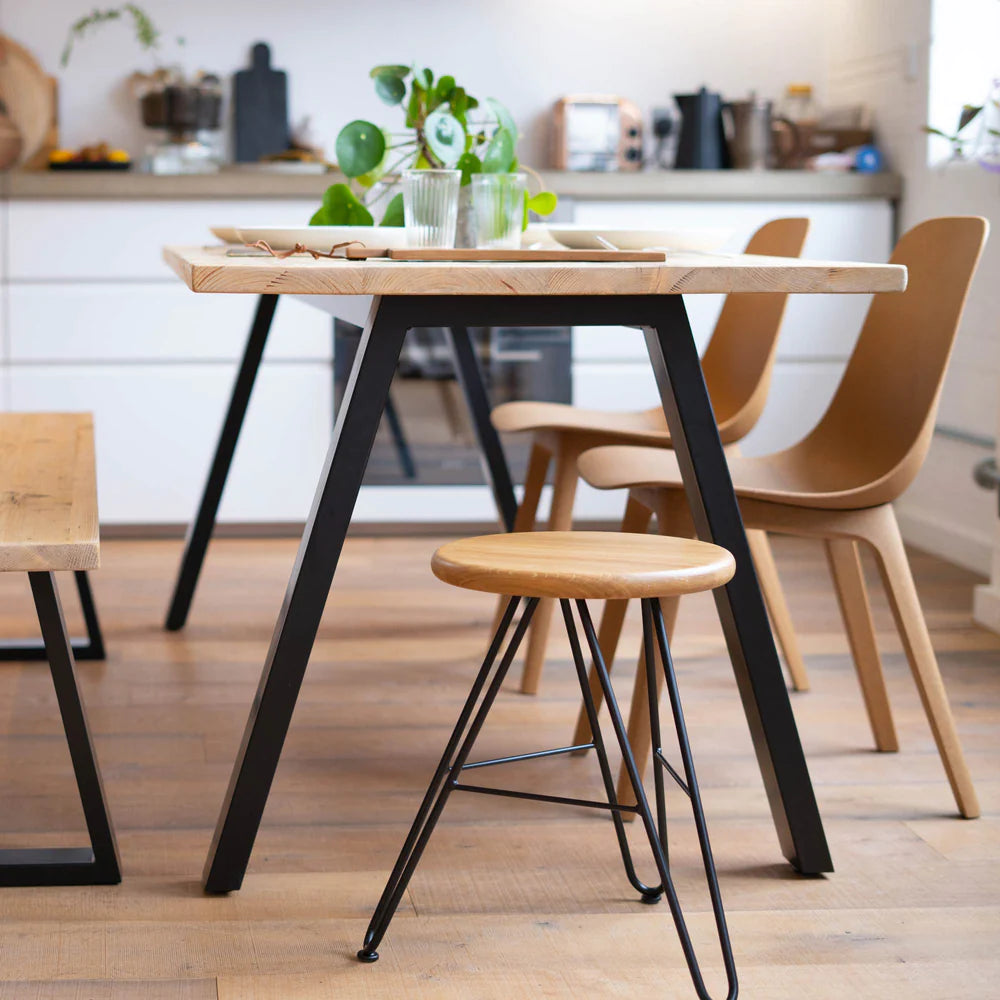How Dining Room Table Legs Can Change the Entire Aesthetic of Your Room
How Dining Room Table Legs Can Change the Entire Aesthetic of Your Room
Blog Article
Expert Tips for Setting Up Dining-room Table Legs for Optimum Stability
When it comes to mounting dining area table legs, attaining maximum security is vital for both capability and appearances. What certain strategies can improve stability even further?
Choose the Right Legs
When selecting the suitable legs for your dining-room table, it is necessary to think about both functionality and appearances. The legs you pick will significantly influence the overall design and security of the table. Assess the table's meant usage; if you anticipate constant celebrations, tougher legs, such as those made from strong wood or steel, might be much more suitable, as they use enhanced resilience and assistance.
Next, consider the elevation and design of the legs in regard to the table top. Basic eating tables commonly range from 28 to 30 inches in elevation, so guarantee the legs line up with this requirement for comfort. The design of the legs need to enhance the style of the tabletop-- whether it be modern-day, rustic, or traditional. For circumstances, tapered legs can include a modern touch, while turned legs may convey a more classic visual.

Select Appropriate Equipment
Exactly how can the appropriate hardware improve the stability and long life of your dining-room table? The selection of ideal equipment is critical to ensuring that the legs of your table are securely affixed and able to hold up against regular usage. Top notch screws, screws, and braces provide the necessary stamina to support the weight of the table, in addition to any additional loads placed upon it throughout dishes or events.
When choosing screws, select those made from durable materials such as stainless-steel or brass, which stand up to corrosion and preserve honesty in time. The length of the screws is similarly vital; they must penetrate deeply into the table's framework without compromising honesty. For bolted links, take into consideration making use of lock washing machines to avoid loosening because of vibration or motion.
Furthermore, using corner brackets can add added assistance, especially for larger tables or those with heavier tops. These brackets distribute weight uniformly and help maintain the table's shape. Ensuring that the equipment you choose is suitable for the particular materials of your table will certainly better improve its general security and longevity, permitting you to appreciate your eating experience for years ahead.
Ensure Appropriate Alignment
Proper alignment of dining-room table legs is important for both aesthetic charm and functional security. Misaligned legs can result in an linked here unequal table top, which may not only be aesthetically unappealing however also compromise the table's functionality. To accomplish optimal alignment, start by determining the range from the table's corners to the leg accessory factors. This makes certain that each leg is located equidistant from the edges, producing a well balanced look.
Utilize a level throughout installment to validate that each leg is perpendicular to the tabletop. It is recommended to mark the preferred leg positions on the underside of the table with a pencil or concealing tape prior to protecting them.
In addition, verify the alignment after the preliminary screws are tightened up, as adjustments might be essential prior to totally safeguarding the hardware. By prioritizing proper alignment, you not just improve the table's total design but likewise ensure that it continues to be stable and functional for several years to find.

Take Into Consideration Weight Circulation
After ensuring proper alignment of the dining-room table legs, it is necessary to think about weight distribution to enhance stability and performance. dining room table legs. Proper weight circulation is important in avoiding tottering and making certain that the table can support its intended load without risk of tipping or breaking down
When placing the legs, ensure they are put at equal distances from the facility of the table to equally disperse the weight across the framework. Think about the weight of the table top and any type of things that will often hinge on it, such as tabletop appliances or ornamental items. Tables with heavier surface areas ought to preferably review have legs positioned closer to the edges, as this makes the most of the base of support and decreases the risk of instability.
Furthermore, if the table is planned for usage in a high-traffic area, think about using heavier materials for the legs or including stabilizing components, such as cross-bracing or a reduced shelf - dining room table legs. These adjustments can assist keep equilibrium and prevent moving throughout use. Eventually, a well-considered weight circulation technique will substantially improve the table's total efficiency, guaranteeing it continues to be a functional and eye-catching focal point for your dining area
Examination Security Before Use
Evaluating the security of the eating room table prior to use is an essential step that needs to not be ignored. If the table shows instability, recognize the legs or joints that might require modification.
Following, examine that all fasteners and screws are tightened up appropriately. Loose links can result in instability and possible damage with time. If required, utilize wood glue on joints to enhance security, making sure to allow adequate drying time.

Verdict
In conclusion, the setup of dining-room table legs requires careful consideration of materials, equipment, positioning, and weight circulation to achieve optimum stability. By selecting sturdy legs and premium bolts, guaranteeing accurate positioning, and distributing weight uniformly, the structural honesty of the table can be dramatically boosted. Carrying out a stability test prior to regular use further makes sure that the table will certainly withstand day-to-day pressures, consequently giving a trusted view it now and secure eating experience.
When it comes to mounting eating area table legs, attaining maximum stability is extremely important for both functionality and looks. The legs you pick will significantly impact the overall design and stability of the table (dining room table legs). Conventional dining tables normally vary from 28 to 30 inches in elevation, so make certain the legs align with this requirement for comfort.Appropriate positioning of dining space table legs is vital for both aesthetic appeal and functional security.In conclusion, the installation of eating area table legs calls for cautious factor to consider of products, alignment, equipment, and weight distribution to achieve optimum security
Report this page